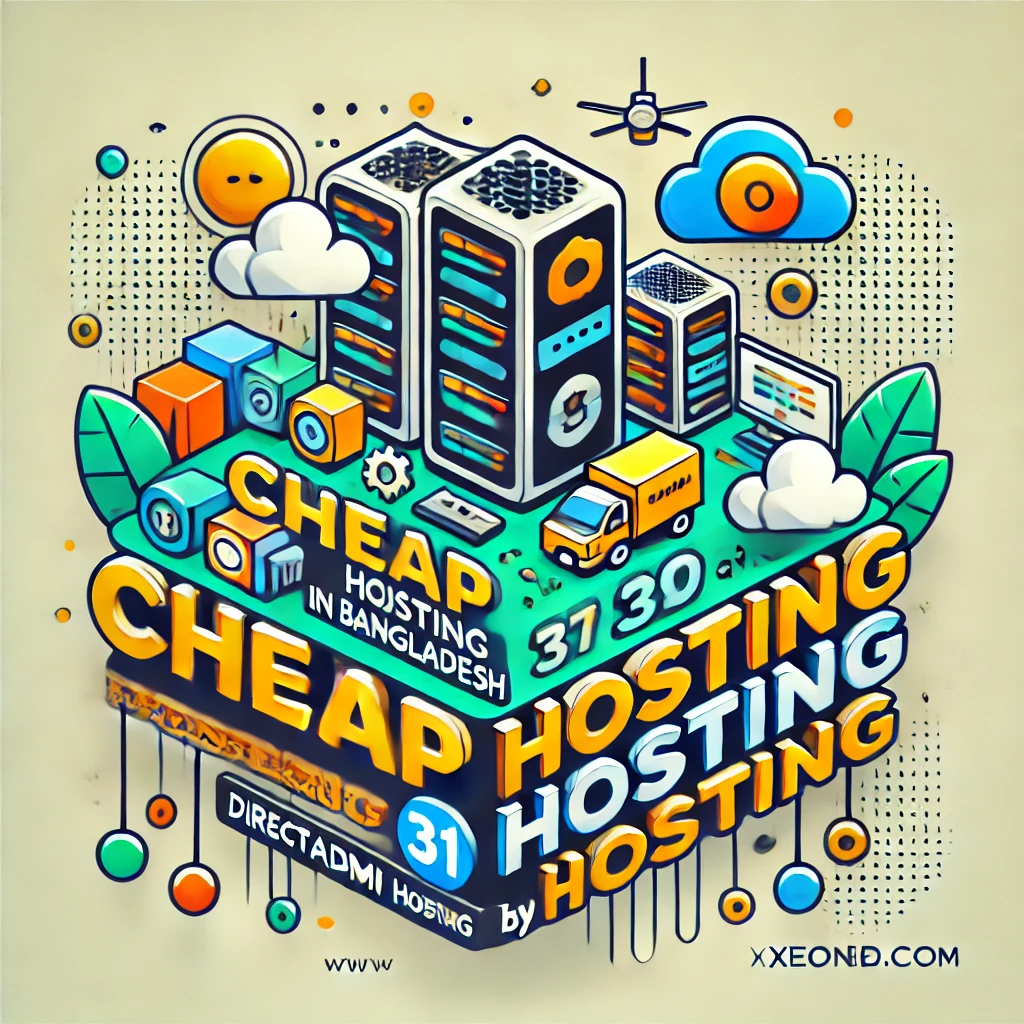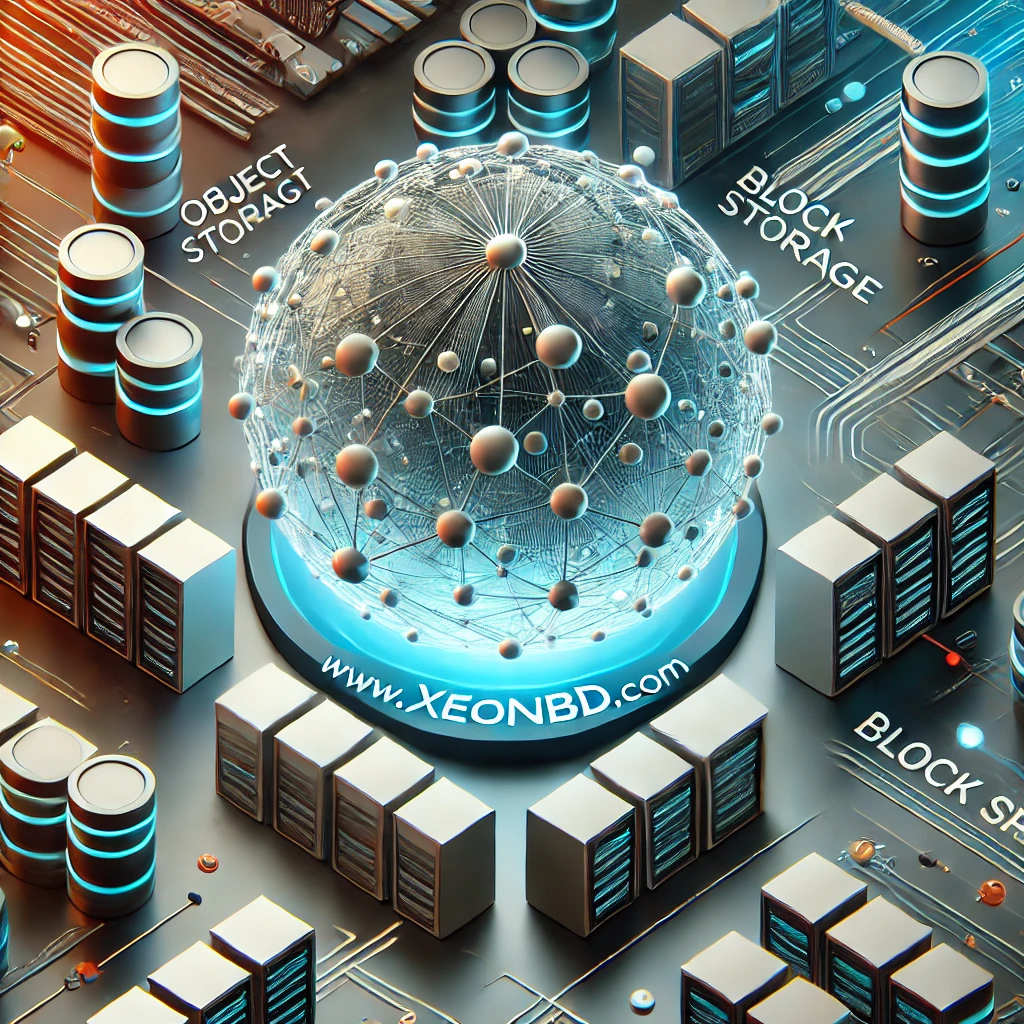Today I’m going to explain why you should host your valuable business or personal website in SSD Hosting server.
SSD stands for Solid State Drive. They are the latest type of computer storage device. These days you will find them in many high-end desktops & laptops & they are increasingly being used in the hosting industry & by large corporations to store data within their server infrastructure.
In today’s post, I’ll look at the differences between traditional hard drives & SSDs & how they can help you improve your online presence.
The traditional spinning hard drive is the basic nonvolatile storage on a computer. That is, information on it doesn’t “go away” when you turn off the system, as is the case with data stored in RAM. A hard drive is essentially a metal platter with a magnetic coating that stores your data, whether weather reports from the last century or your digital music collection. A read/write head on an arm accesses the data while the platters are spinning.
An SSD does functionally everything a hard drive does, but data is instead stored on interconnected flash memory chips that retain the data even when there’s no power present. The chips can either be permanently installed on the system’s motherboard (as on some small laptops and ultraportables), on a PCI Express (PCIe) card (in some high-end workstations and an increasing number of bleeding-edge consumer systems), or in a box that’s sized, shaped, and wired to slot in for a laptop or desktop’s hard drive (common on everything else).
These flash memory chips are of a different type than is used in USB thumb drives and are typically faster and more reliable. SSDs are consequently more expensive than USB thumb drives of the same capacities.
How Fast Are SSDs Compared To Traditional Hard Drives
When it comes to speed SSDs win hands down. The best measure of speed is Inputs Outputs Per Second (IOPS). The most popular types of spinning hard drives currently in use are 7.2K SATA, 10K SAS, and 15K SAS. The K refers to the number of revolutions per minute of the disk so 7.2K spins 7,200 times per minute and 15K spins 15,000 times per minute. SATA stands for Serial Advanced Technology Attachment and SAS stands for Serial Attached SCSI (SCSI stands for Small Computer System Interface).

The IOPS speed for a 7.2K SATA hard drive is roughly 80 IOPS. For a 10K SATA, this increases to around 120 to 130 IOPS whilst 15K SAS drives operate in a range of between 180 to 200 IOPS.
A typical Datacentre ready SSD can operate at ranges between 4,600 IOPS (Random Writes) to 75,000 IOPS (Random Reads).
Why Is Disk Speed Important?
Disk speed is important for the simple reason that your website will perform faster. That means the pages will load faster when people browse them and if you are using a database then it will perform database functions much faster.
This results in a better experience for the person using your website. Of course, there are many factors that make a website faster, but using SSD Hosting is one of the easiest and most reliable ways to speed up your website.
But having a fast website isn’t just about bragging rights. Google’s search algorithm measures many metrics when determining where to position a website in its ranking and one of Google’s known factors is speed. Simply put, if your website is faster it will help improve your search ranking and will help to bring more visitors to your website. It isn’t the only factor, but it will help.

SSD vs Regular SATA Benchmark
Does XeonBD Offer SSD Hosting?
Yes, we do.
XeonBD´s SSD Hosting is offered on our Shared SSD Hosting, SSD Reseller Hosting, SSD VPS Hosting and Dedicated Server plans.
At XeonBD we use SSD storage in both of our owned data center in Bangladesh and data center in the USA and Europe.
What Types Of SSD Does XeonBD Use?
XeonBD only uses Datacentre ready SSDs. These are SSDs that are specifically designed to handle the more demanding needs of data centre based systems.
These SSDs are not to be confused with cheaper laptop or desktop type SSDs.
Why Is SSD More Expensive?
SSD technology is relatively new so that is one reason why it is more expensive than SATA or SAS hard drives.
Another reason is that they do not offer the same density of GB per disk. For example, 3.5 inch 7.2K SATA drives can reach up to 8TB although they are normally deployed in the 1 to 3TB range. With SSDs, the range is around 240GB to 480GB so they require more servers to offer the same amount of space.
How Much Energy Do SSDs Use?
Another area where SSDs offer an advantage over traditional drives is in terms of energy consumption. Typically they consume around 20 to 30% of the electricity than a SATA hard drive.
Besides this, they operate at much cooler temperatures than traditional drives. That is important because it means that they do not generate so much heat and therefore require less cooling in the data center which is a significant saving.
Is SSD Hosting More Reliable?
SSDs are more reliable than traditional drives because there are no moving parts. Traditional hard drives include mechanical parts moving extremely quickly and over time they can degrade and fail due to everyday usage.
The failure rate of hard drives is referred to as the Mean Time Between Failure (MTBF) and SSDs can offer an MTBF of around 2 million hours. SAS drives offer around 1.2 million hours whilst SATA are around 700,000 hours. It should be noted that these are averages and differences can occur between manufacturers and models.



